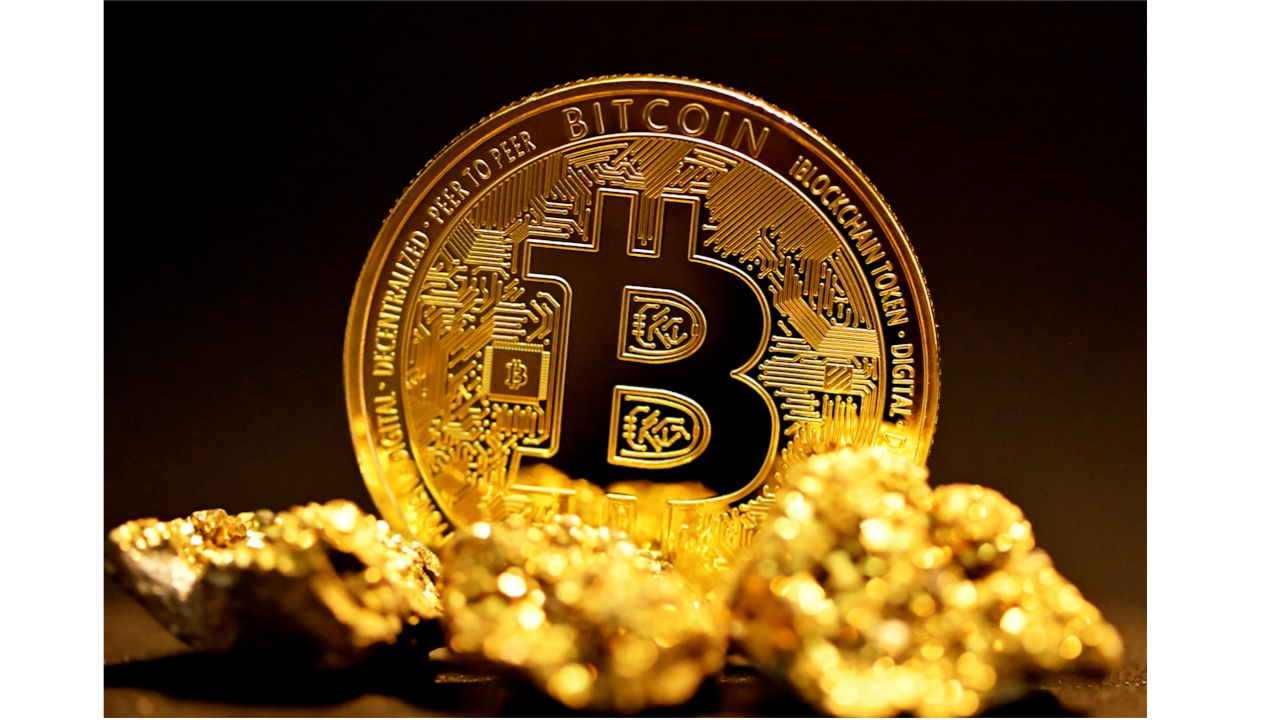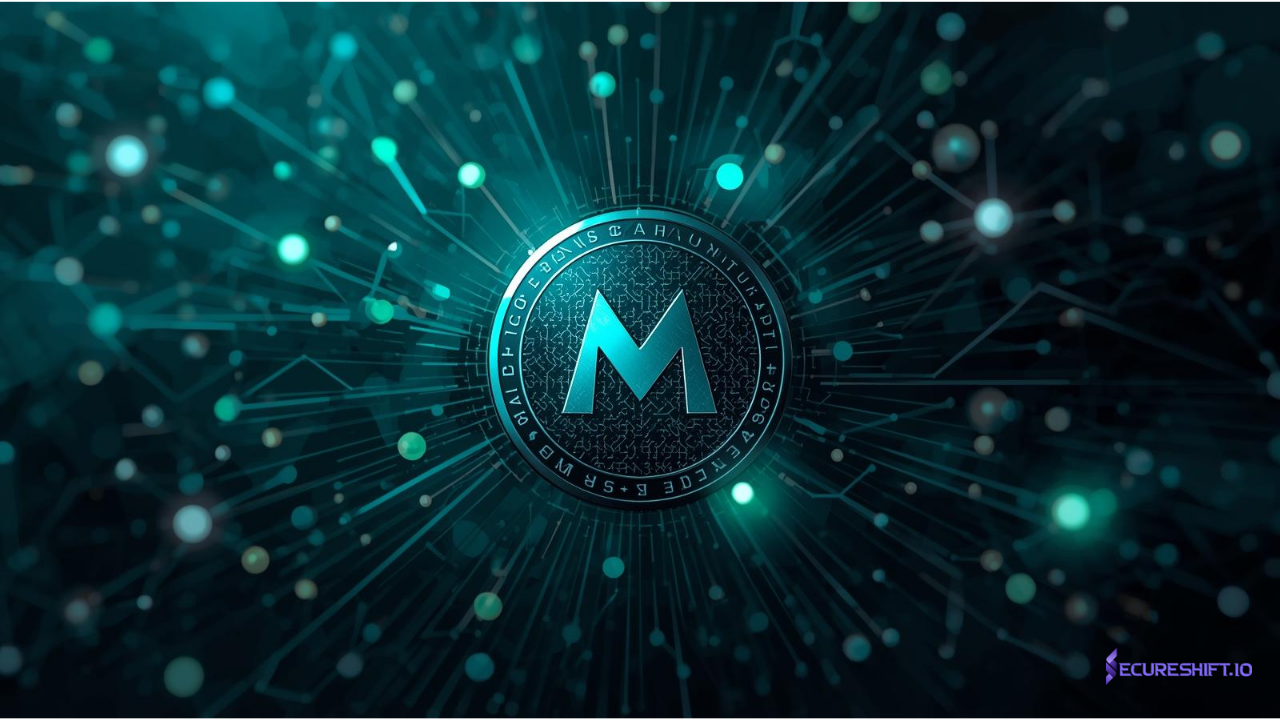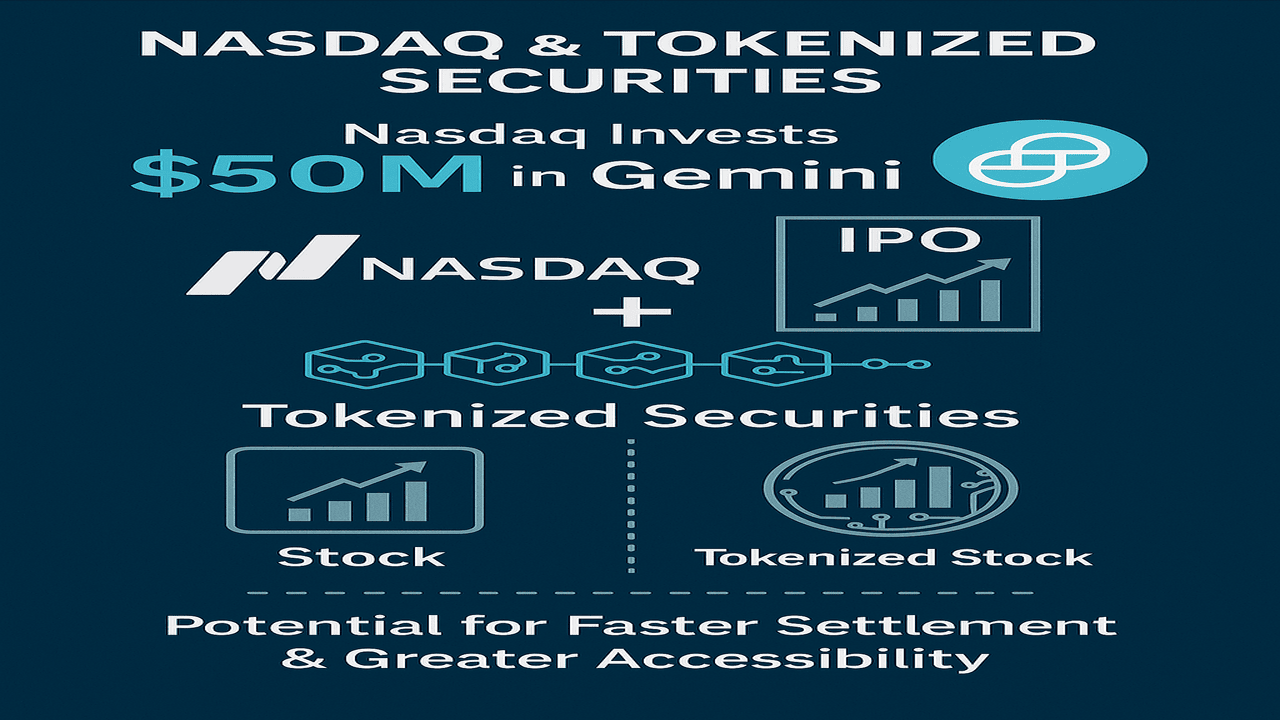
How Bitcoin Works
What Is Bitcoin?
Bitcoin is like a special kind of money that exists only in the digital world, kind of like the coins you use in video games but for real life. It was created by someone mysterious named Satoshi Nakamoto back in 2009.
What makes Bitcoin different is that it doesn't need banks or governments to work. Instead, people can use it to buy things or trade with each other directly over the internet. It's a bit like trading baseball cards with friends, but everything is done online.
The cool part is how it's all kept safe. There's this thing called a blockchain, which is like a super-secure digital ledger that keeps track of every single Bitcoin transaction ever made. It's like having a really fancy notebook that no one can tear pages out of or change what's written inside.
So, Bitcoin is this digital money that lets people buy stuff or trade with each other without needing banks or governments, and it's all made possible by this super-secure system called the blockchain. Pretty neat, right?
KEY TAKEAWAYS
Blocks
Each time a new set of transactions is gathered and confirmed by the network, they're organized into a block. Once all the transactions are queued up and ready, the block gets closed, meaning it's sealed and ready to be added to the blockchain.
Now, the cool part is when the blockchain creates the hash for this closed block. This hash is like a digital fingerprint that uniquely identifies the block and its contents. What's neat is that each block also includes a reference to the previous block's hash, forming a chain. This chaining makes altering any block in the past extremely difficult because it would mess up all the subsequent blocks. It's like trying to change a link in a chain without breaking the whole thing.
To ensure everything stays secure and accurate, blocks are validated and added to the blockchain through a process called mining. Miners compete to solve complex mathematical puzzles, and the first one to solve it gets to add the next block to the blockchain. This process not only adds new blocks but also ensures the integrity and security of the entire blockchain network.
Bitcoin Mining
Mining is indeed the process of both validating transactions and creating new blocks on the blockchain. This job is carried out by specialized software running on computers or machines designed specifically for mining, known as Application Specific Integrated Circuits (ASICs).
The main goal of mining is to find a special number called a hash that matches the block hash. Miners use their programs and machines to generate hashes, aiming to create a number that's equal to or less than the network target. They do this by adjusting a variable number called the nonce. With each guess, the nonce is incremented, and miners keep trying until they find the right hash.
The speed at which miners can generate these hashes is measured by their hash rate, which is the number of hashes they can produce per second.
Across the network, mining programs compete with each other to see which one can solve the hash puzzle first. The miner that succeeds receives the bitcoin reward, a new block is created, and the whole process starts again for the next set of transactions. It's a fascinating and essential part of how cryptocurrencies like Bitcoin work!
Difficulty
source: Blockchain.com
Keys
At its core, a bitcoin is a digital token representing value. Your ownership of this token is tied to your public key, which acts as your unique identifier on the blockchain. When someone sends you bitcoins, they're essentially transferring ownership of these tokens from their public key to yours through a transaction recorded on the blockchain.
Your wallet, whether it's a mobile application or another form of digital wallet, is your tool for managing these transactions. Just like using a mobile banking app to send or receive money, you use your wallet to send or receive bitcoins.
When bitcoins are transferred to you, you're given a private key, which is essentially your digital signature of ownership. It's crucial to keep this private key secure, much like you would with your bank account login information.
Your public key, on the other hand, is like your email address in the digital world of Bitcoin. It's what you share with others when you want them to send you bitcoins. When someone wants to send you bitcoins, they use your public key (or address) just like they would enter your email address when sending an email.
Understanding these basics helps users navigate the world of Bitcoin transactions and ownership securely and efficiently.
| 💠Tip: You can think of the public and private keys like a username (public key) and password (private key) used to access your funds. |
Wallets
A wallet is indeed a software application that allows you to manage your bitcoins. It interfaces with the blockchain network to access your bitcoins and enables you to send or receive them. Since bitcoins are dispersed across the blockchain due to previous transactions, the wallet application locates all the pieces and calculates your total balance for you.
There are two main types of Bitcoin wallets: custodial and noncustodial.
Custodial Wallets: In a custodial wallet, a trusted entity, like an exchange, holds your keys on your behalf. When you create an account on platforms like Coinbase, you have the option to let them store your keys for you as custodians. While this can provide convenience, it also means you're relying on the security measures of the custodian.
Noncustodial Wallets: Noncustodial wallets, on the other hand, put the responsibility of securing the keys on the user. This includes wallet applications installed on your mobile phone or computer. You control your keys, enhancing security, but it also means you must take measures to keep them safe.
Storing keys in a wallet application connected to the internet is referred to as hot storage. While convenient, it poses a security risk as it's the most common target for hackers and thieves. That's why it's essential to follow best practices for securing your keys and consider using cold storage solutions for large amounts of bitcoins.
| ⚡IMPORTANT : You should always use a reputable wallet provider, like from a registered cryptocurrency exchange. Read reviews and research wallets to ensure you're choosing one that is reliable. |
Bitcoin Transactions
When you want to send or receive bitcoins, a transaction occurs. To initiate a transaction, you enter the recipient's address in your wallet application, along with your private key to authorize the transfer. You also specify the transaction fee, which helps prioritize your transaction for processing by the mining network. After confirming the details, you press the "send" button.
Once initiated, the transaction enters the mempool, a waiting area where transactions queue up to be included in the next available block. While the network confirms a block of transactions approximately every ten minutes, not all transactions make it into each block due to space limitations and the priority given to transactions with higher fees.
Confirmation Time
source: Blockchain.com
Transaction fees are essential because they incentivize miners to include transactions in blocks and validate them. As Bitcoin's popularity has increased, transaction fees have risen, reflecting the higher demand for transaction processing and the limited space available in each block.
These fees also play a crucial role in supporting the Bitcoin network by offsetting the costs associated with mining, such as equipment and electricity expenses. Once a transaction meets the required fee threshold, it's added to a block, where miners validate its information. After validation, the block is closed, and the recipients receive their bitcoins. Both sender and receiver wallets update their balances accordingly, and the process continues with new transactions.
The Bottom Line
Bitcoin indeed operates as a digital currency that serves as an alternative to traditional fiat currencies or physical cash. One of its key features is its decentralized nature, facilitated by blockchain technology.



